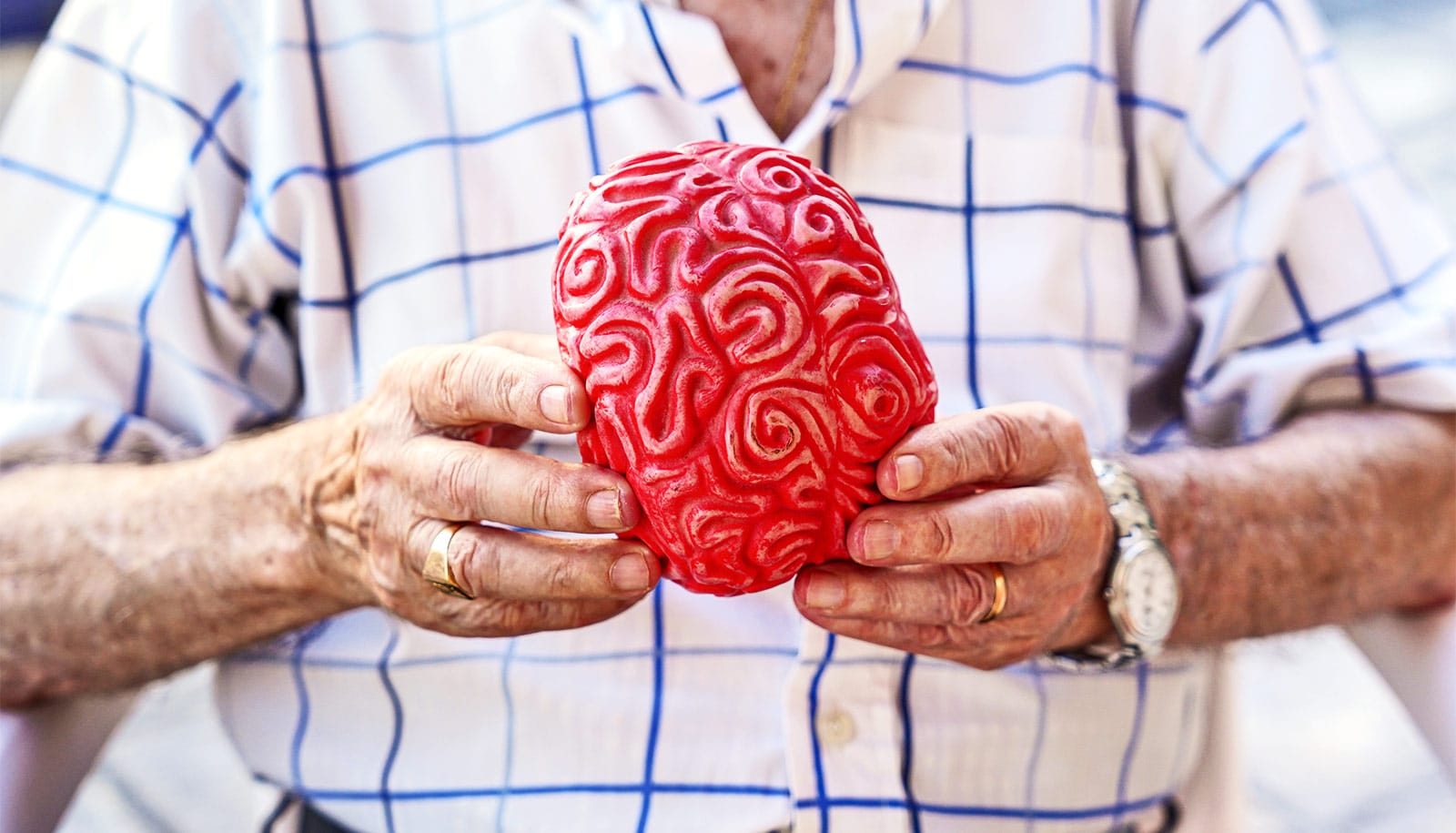Loss of muscle stem cells is the main driving force behind muscle decline in old age, a new study with mice suggests.
Researchers hope the findings—that challenge the prevailing theory that age-related muscle decline is primarily caused by loss of motor neurons—will help develop a drug or therapy that can slow muscle stem cell loss and muscle decline.
“Even an elite trained athlete, who has high absolute muscle strength will still experience a decline with age.”
As early as our mid-30s, the size and strength of our muscles begins to decline. The changes are subtle to start—activities that once came easily are not so easy now—but by our 70s or 80s, the decline can leave us frail and reliant on others even for simple daily tasks.
While the speed of decline varies from person to person and may be slowed by diet and exercise, virtually no one can completely escape.
“Even an elite trained athlete, who has high absolute muscle strength will still experience a decline with age,” says Joe Chakkalakal, assistant professor of orthopaedics with the Center for Musculoskeletal Research at the University of Rochester Medical Center.
The study, published in eLife, defines a new role for stem cells in the lifelong maintenance of muscle.
All adults have a pool of stem cells that reside in muscle tissue that respond to exercise or injury—pumping out new cells to repair or grow muscles. While it was already known that muscle stem cells die off as we age, the new study is the first to suggest that this is the main driving factor behind muscle loss.
To better understand the role of stem cells in age-related muscle decline, researchers depleted muscle stem cells in mice without disrupting motor neurons, nerve cells that control muscle. The loss of stem cells sped up muscle decline in the mice, starting in middle, rather than old age. Mice that were genetically altered to prevent muscle stem cell loss maintained healthier muscles at older ages than age-matched control mice.
Taking steroids less often could ‘fix’ muscles
Further, there was no evidence to support motor neuron loss in aging mice. Very few muscle fibers had completely lost connection with their corresponding motor neurons, which questions the long-held and popular “denervation/re-innervation” theory.
That theory suggests age-related muscle decline is primarily driven by motor neurons dying or losing connection with the muscle, which then causes the muscle cells to atrophy and die.
“I think we’ve shown a formal demonstration that even for aging sedentary individuals, your stem cells are doing something,” Chakkalakal says. “They do play a role in the normal maintenance of your muscle throughout life.”
Wenxuan Liu, a graduate student of biomedical genetics, is the study’s lead author.
Source: University of Rochester



